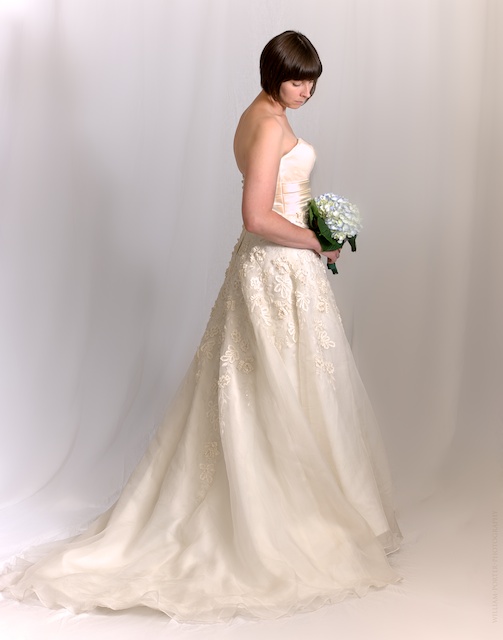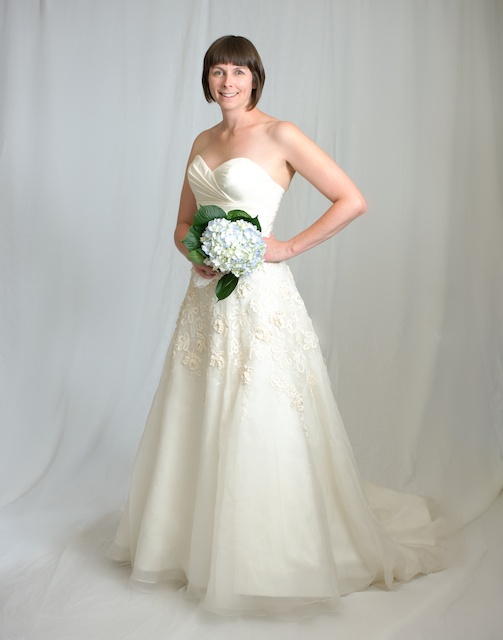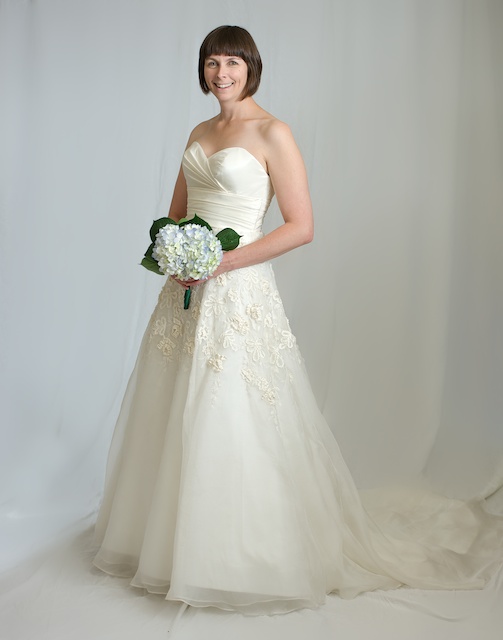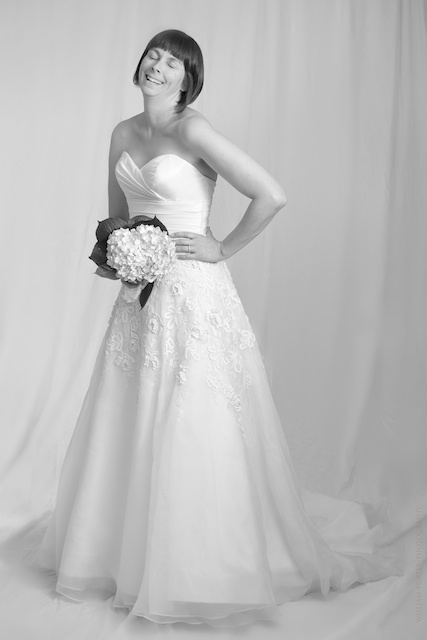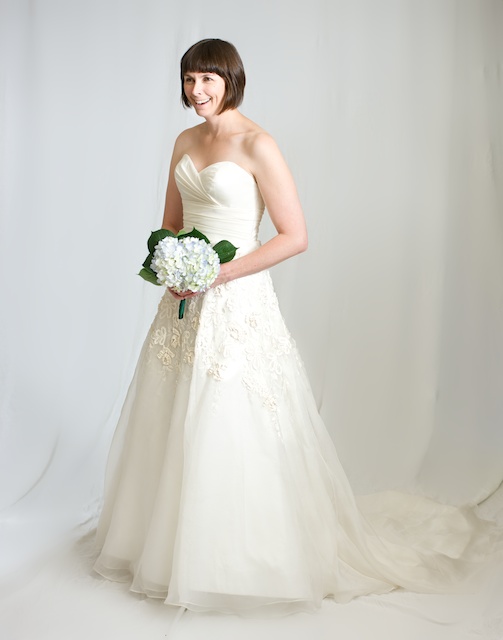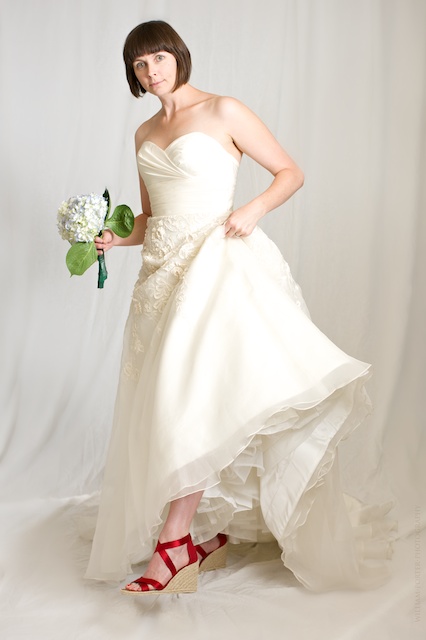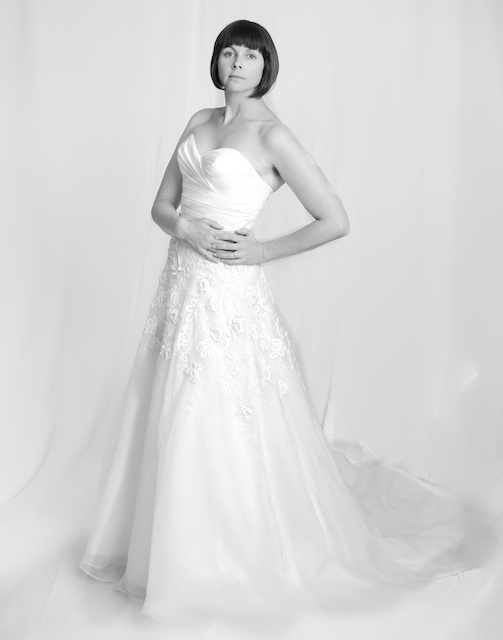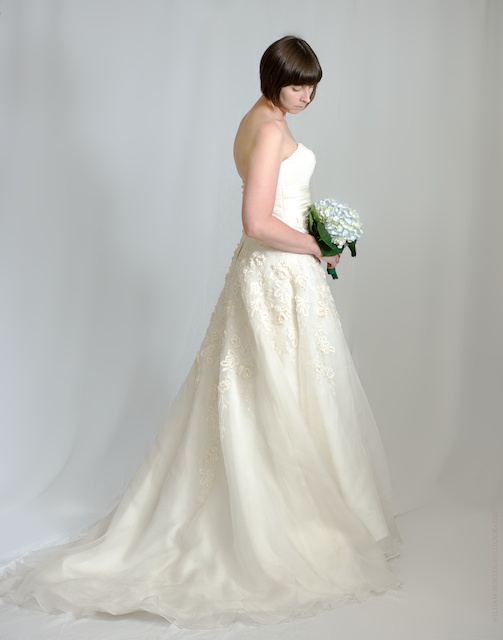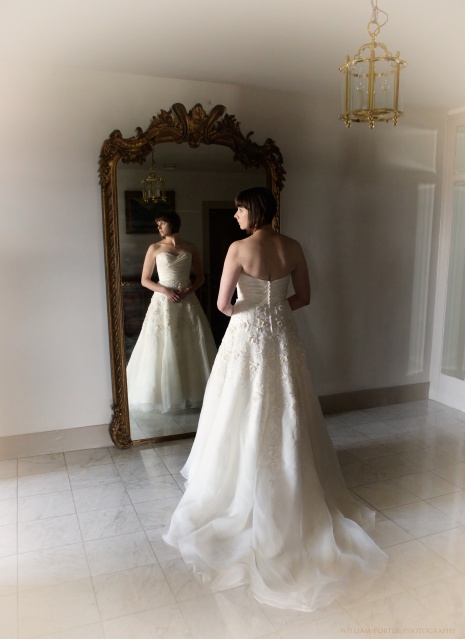My wife (who these days often helps me out at weddings) sent me this link this morning. It’s about wedding insurance for the bride and groom.
http://lifeinc.today.com/_news/2013/05/31/18656453-its-wedding-season-are-you-covered?
Policies vary, but the insurance typically provides coverage against a variety of risks. The article mentions a couple: a military groom being called urgently into service just before the wedding (it happens—God bless our military); gifts in reception hall being stolen; or the photographer losing all of the the photos of your wedding. With the recent tornadoes in Oklahoma City (where my sister lives) and the recent deadly floods in San Antonio (where my daughter is getting married next weekend), I’m aware of other risks: Catastrophic weather could make the wedding impossible.
Given what the average wedding costs these days, spending a small amount of money for insurance may not be a bad idea, although I’m not making a recommendation there. What I want to talk about specifically is the risks involved with the photography.
The first part of this article is addressed to brides and grooms and is meant to be reassuring. The rest of the article is really addressed to inexperienced photographers, and my goal is to scare the hell out of you.
Executive summary for brides: Can the photos simply get lost?
The author of the article above highlights the failure of the pro photographer’s storage card, which leads to the loss of nearly all the photos from the wedding. If you’re a bride, you might be thinking, “Wow! Is this something I should worry about?”
This is a long, detailed article and if you’re not a photographer, you probably don’t want to read it. So I’m going to save you some time and tell you up front that the answer is probably — almost certainly — NO, at least not if you hire a knowledgeable, experienced photographer. Hire a good photographer, and enjoy your wedding.
Brides, you may stop reading now if you like.
For inexperienced photographers: What can go wrong?
In the rest of this post I’m addressing aspiring photographers. (You super-anxious brides who’ve kept reading, please don’t let this give you nightmares.) Now, notwithstanding the reassurance offered in the preceding paragraph, I will admit that things can and occasionally do go wrong. Experienced photographers know how to prevent these problems or deal with them should they be unpreventable. On the other hand, a photographer who’s both inexperienced and totally unprepared could be, um, screwed. Don’t let this happen to you!
Here are some of the problems a modern digital photographer can have, along with a guess about their likelihood, and what a good photographer can do (well, what I personally in fact do) to minimize the risks.
- Loss of storage card. By far, the thing I used to worry most about was losing a storage card before I have a chance to copy it on to my computer. This is the modern counterpart to the loss of many rolls of film in the old days. When I shot my first wedding over five years ago, I couldn’t get an entire wedding on a single card, so throughout the day I had to remove cards from the camera when they were almost full and put new cards in. Preformatted fresh cards came from a card pouch in my pants pocket. Used cards went immediately into a money pouch that hung around my neck inside my dress shirt. Yes, unbuttoning my shirt in the middle of a church service was awkward but the pouch safest thing I could think of. Anyway, I don’t have this problem any more. I can now photograph an entire wedding without taking the high-capacity cards out of either of my cameras. I still wear the money pouch just in case I do have to change cards, but I haven’t used it in the last year or so.
- Loss (or theft) of camera. After losing the card, the next biggest risk is losing a camera, which of course means losing a card or cards as well. I’ve known one or two photographers to whom this has happened. I myself have, three times that I can remember, left equipment behind after a shoot, although never a camera. (Once I left some rechargeable batteries; once I left a flash; and recently I dropped my white balance card at the Dallas Arboretum as I was walking out after a rehearsal. I was waiting at the lost and found for me when I came back. The flash was sitting where I’d left it when I came back to look for it the next day. The batteries were gone.) These days, I shoot with two cameras. They are attached to me and they stay with me all the time. I’m aware of this risk but I don’t worry about it any more. Besides, I have equipment insurance through the PPA, so the worst thing about losing the camera would be losing the card inside. Note that merely dropping a camera (which might render it inoperable) is unlikely to damage the card.
- Equipment failure. I worry about this all the time, because if my equipment fails, I can’t work. On the pro wedding forums (like photo.net) perhaps the most common piece of advice given to newbie photographers by experienced pros is, have a second camera with you. Not just in the trunk of your car, but actually within reach. It’s not just the camera, though. Sooner or later, everybody will encounter equipment problems; having dealt with this problem is part of what it means to be experienced. I’ve never actually had a camera break (touch wood) but I have had flash units break (mechanically, requiring return to the manufacturer for repairs). More frequently I’ve encountered glitches while working. Twice, a lens simply stopped communicating with the camera so the camera’s automatic metering couldn’t work. A tripod leg broke. A battery got stuck inside the camera. I dropped a flash at a recent wedding; fortunately, it wasn’t hurt, but it could have been. An experienced photographer won’t get rattled by these occurrences and will be able to regroup quickly and keep working.
- Card data failure. This is the problem highlighted in the wedding insurance article that I mentioned at the top. It’s actually near the bottom of my list of concerns. Genuine card failure is rare, very rare. It’s happened only once to me, years ago, and in retrospect I decided I’d probably done something wrong myself. These days, I only buy high-quality, highly-rated cards. I always format them in the camera, never on the computer. I never move cards from one camera to another without reformatting them. I never turn my camera off while a card is being formatted or a photo is being written to the card. I never let my batteries run down. I don’t ever let a card get completely full. While I do not “chimp” (look at every photo), I do take a look at my photos now and then while I’m shooting, so if a problem were to arise, I’d know it almost immediately. Personally, I’m moderately skeptical about the disk failure reported in the opening news article. Cards do very occasionally simply fail, but I’ve never heard of a case where professional data recovery tools weren’t able to recover data from the card.
- Computer failure. What I mean is, I get the photos off the card and on to my computer, and then my computer or my computer’s hard disk fails catastrophically. This does happen. Computers are much more complex than cameras, run vastly more complex software, are subject to viruses, etc. And spinning hard disks are subject to many more risks than solid-state SD or CF cards. There are several ways to eliminate this risk. I never erase the cards from a wedding until I’ve completed the first full backup of the image files. An experienced photographer will be conscientious about backing up. My computer is backed up automatically (using Mac OS X Time Machine), and for extra levels of redundancy, I upload fresh images to online storage and burn them to DVD. As a practical matter, this simply shouldn’t be an issue.
- Batteries. It’s a serious problem: camera’s (or flash’s) batteries run down and photographer doesn’t have any more fresh ones to use. There is nothing to say about this other than, it should not happen. I think my Sony A99 may be the greatest wedding camera ever made, but it has one weakness: battery life is lousy. So I bring plenty of backup batteries with me. Ditto batteries for the flashes. The day before a wedding I make sure all the batteries get a fresh charge. I use only high-quality Eneloop batteries in my flashes and Sony (OEM) batteries in my cameras.
High-capacity cards: Is it safe to put all your eggs in one basket?
These days, at a wedding, my Sony A99 is loaded with two cards: a 32GB card in slot #1 and a 16GB card in slot #2. A couple years ago, when high capacity cards started to appear and then to become affordable—8GB, then 16GB and now 32GB and even 64GB (!)—a lot of photographers worried about the “all your eggs in one basket” problem. The worry is, if that one card fails, you could lose everything, while if you’d used a succession of (say) 2GB cards instead, you might lose only 2GB of data. This is valid only in terms of arithmetic. In terms of technology, it’s not a valid analysis.
First, I think it’s much more likely that I’ll lose a card, once the card comes out of the camera, than it is that the card will become damaged in the camera. Second, the failure rates for modern high-capacity cards are no worse and may actually be better than for lower-capacity cards, and the risk of failure in either case is very small. Third, if you buy high-quality cards (most of which come with a life-time guarantee), even if the card has a problem, you’ll almost certainly be able to recover photos from it. I don’t expect this ever to happen to me.
Finally, there’s something you can do about it: Use a camera with two card slots and write to both slots simultaneously. That’s what I do, at least on my Sony A99. The 16GB card in slot #2 can hold approximately 2000 24MP raw files—more than twice as many photos as I take at a normal wedding. God forbid either card should ever fail me, but even if it did, every photo is backed up at the moment of capture. My second camera, the Sony A850, also has two slots, and I always have a card in each. But it can’t write to both cards simultaneously. This is part of the reason why I favor the A99 at a wedding. The A850 is also a wonderful camera, but the A99 is safer.
•
I’ve always been aware of the risks involved in shooting. Maybe it’s because most of the photos from my own wedding were lost. That was back in 1975, the photographer was my wonderful brother-in-law, and the problem occurred at the film processing service, which simply lost several rolls of film. It taught me two important lessons: First, the wedding is more important than the photos; and second, the fewer photos you have, the more precious they seem.
